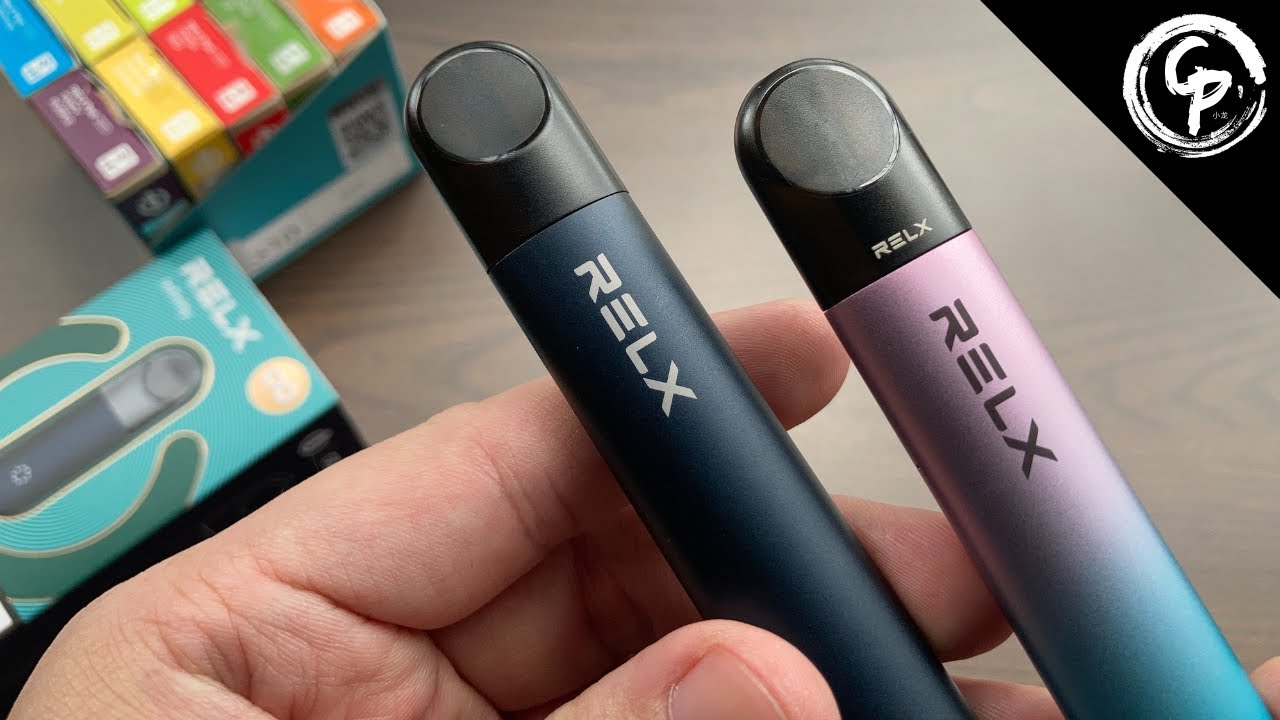Maybe youve been following my column on our blog,How to Brew Your Own Beer Articles Your Weekly Libation, and my tapestry of booze has enticed you. Maybe youre a buy pappy van winkle-fixated foodie looking to move from smoothies and teas into a more exciting area. Maybe you saw the word beer and started drooling like one of Pavlovs dogs. Whatever the reason, youre here and eager to make your own beer!
How easy or difficult is the process? That depends entirely on how much you want to influence the outcome. Whatever the method, prepare to commit some cash; at least $40 for an all-in-one kit, or up to $150 to make things from scratch. Its worth the costs, however, when you finally crack open a bottle of your own personal beer and down it with glee.
The first option for the amateur brewer is to pick up an all-in-one beer kit. Mr. Beer, the most well-known, offers four different kits, from the $40 Deluxe Edition all the way up to the $150 Ultimate Edition. Another brand to consider is the $130-150 Starter Home Brewery set (which uses a glass carboy and organic ingredients). These sets dont do all the work for you, but they do cut down on use of raw ingredients or jerry-rigged equipment. By using a kit, youll possibly save money and definitely ensure consistency. But all the ease of production comes at a price: good luck customizing the flavor of your beer using a pre-made brewpack.
For the truly discerning brewer-to-be, it may seem necessary to do everything yourself. This allows for much more experimentation and creativity; it also has a much smaller margin for error. Its best to buy a brewkit first, experiment with it, and move on to custom beers once youre comfortable. If you are, and you’ve made sure to properly sterilize all your equipment (via steam dry in the dishwasher or a diluted bleach soak and rinse) there are three broad phases to beer creation:
Brewing
For this, youll need a brewpot, a recipe, a kitchen strainer, at least 2.5 gallons of water (most brewpacks and recipes call for 2.5-3 gallons), and a rolling pin (to crush your grain ingredients). What ingredients you need depends on what kind of beer youre making. A Simple Ale, for example, might contain:
3 lbs. light dried malt extract
8 oz. crushed crystal malt
1 oz. Northern Brewer pellet hops
1 pkg. brewers yeast
3/8 C. sugar, for bottling
But different beers require different amounts of even the most basic ingredients. The brewpot is where you prepare the beer ingredientsthe wortfor fermentation. Use a large (at least 4 gallon) metal pot, ideally stainless steel or ceramic-coated. Using an aluminum pan will work, sort of, but your beer will end up tasting funny. And with a process as long as this one, the final result had better be good! Once youve prepared the wort, youre ready for the second phase.
Primary fermentation
For this, youll need a serious fermenting container. No skimping with a two-liter bottle, here. Some sites suggest you use a fermenter made specifically for brewing, with a stopper and spigot; others show how to employ things like water cooler bottles. Whichever kind you use, pour in (pitch) your brewers yeast. Here is where the the infant beer shall remain as the yeast parties down inside, chowing down on the sugars within the wort and giving off carbon dioxide. To prevent the the whole thing from going kablammo like an oversized Wort Grenade, youll need an airlock, a simple little plastic doodad which constantly releases the building CO2. It forms an airtight seal between the fermenters stopper and the outside world. You can make one fairly easily, but plastic airlocks generally go for about $1, and Id say thats a dollar well spent. Place the container in a dark, cool place, and prepare for the hardest part of your brewing experience: waiting.
After feasting for 10-14 days, the yeast should be done with all the sugar. Its time for your beer to go into the third phase
Secondary fermentation
What? But we already fermented it once! True, but weve been letting out the CO2; secondary fermentation takes place in sealed bottles, trapping the CO2 and giving the beer its foamy, fizzy carbonation. But since the sugars from the wort are all gone, youll need to add some primer sugar before bottling. Prepare a primer by boiling 3/8 a cup of sugar in 1 cup of water for 5 minutes, then pouring it into another container large enough to hold your beer. Siphon the beer into this new container carefully; your goal is to leave behind as much of the sediment as possible. From here, pour/siphon/spigot the beer into bottles andwait some more. Argh! Let the beer age for another 7-10 days in that same cool, dark area from before; finally, pop open a bottle and have a taste.
If its nectar from the gods, great! Let it continue aging and drink as necessary; start on your next batch, too! Time it right and youll constantly enjoy homemade beer in your fridge. Play around with recipes; add ingredients to the malt like honey or molasses; have fun like the brewmaster you are!



